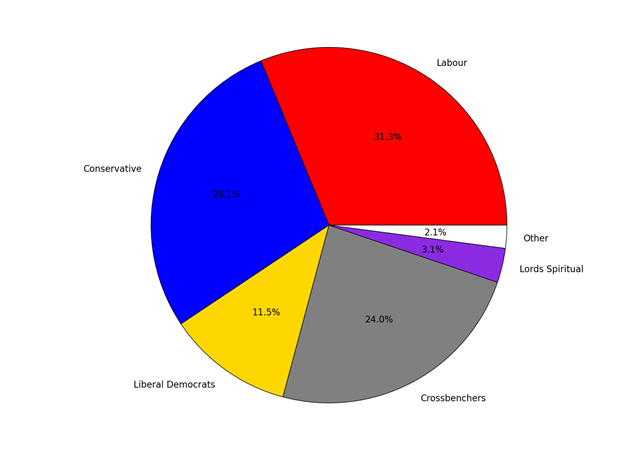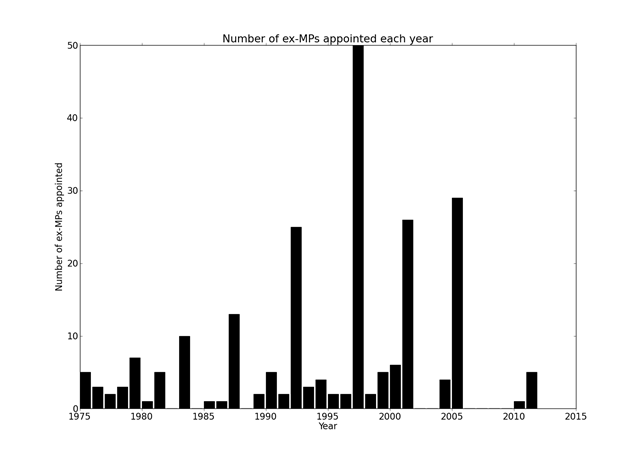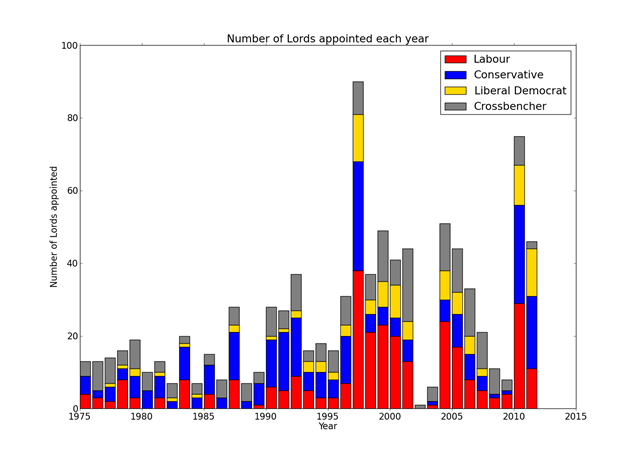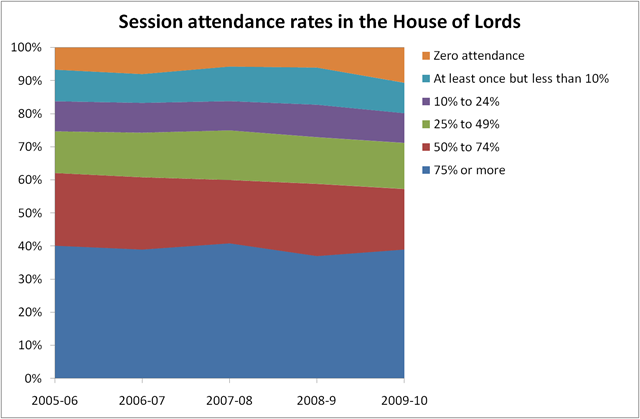Lords reform is looking quite dead, there is an outside chance that David Cameron is bluffing his 91 rebels – faced with the realisation that they may have just blow chances of a Tory win at the next election due to the loss of boundary changes, they may relent.
As for the boundary changes, I’m indifferent to them. In best case for Tories they address an imbalance in the electoral system for them which lost them the last election. To Liberal Democrats they mean nothing in a system which is grossly weighted against them. I believe the Tories may just get through the changes they want, the arithmetic is very tight and I wouldn’t put it past a group of Labour MPs to vote for on the grounds that they prefer kicking the Lib Dems to the Tories.
Labour’s behaviour has been laughable: this is a reform they say they believe in and yet they are happier to see it fall than vote with Liberal Democrats. Talk of a “badly written bill” is simply the flimsiest of pretexts to vote it down, the Bill is built on the work that Labour did on Lords Reform and was extensively consulted upon. “Badly written” is code for “we’re voting against because we’re automatic opposition”.
As for freeing up time in parliament in order to legislate to boost growth – I don’t think even socialists believe that legislation will boost growth – Tories spouting it is outright surreal.
The Tories have violated the Coalition Agreement – the Liberal Democrats have not. There is no careful algebra of this being tied to that: it has been broken. Even over tuition fees the Lib Dems kept their side of the bargain – the Tories haven’t. Liberal Democrats now opposing boundary changes is straightforward retribution – you break an agreement, there is a punishment.
We often piously say at election time that people have died for us to be able to vote. I’ve said it myself. It is utter cobblers: no one died so an appointed house of cronies, party funders and has been MPs could Lord it over us. No one died so that 37% of a turnout of 61% could give one party absolute power.
When you see Lords Reform in Labour and Tory manifestos at the 2015 general election have a hearty laugh and ignore them.







